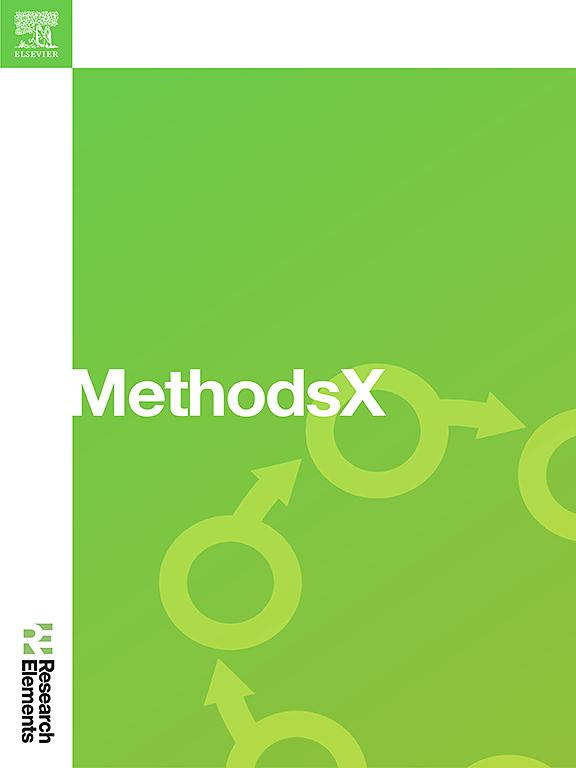基于深度强化学习和变分自编码器的量子安全集成模型设计
IF 1.9
Q2 MULTIDISCIPLINARY SCIENCES
引用次数: 0
摘要
对安全通信系统的需求推动了对基于量子的安全机制的广泛研究,特别是量子密钥分发(QKD)。然而,在包含网络波动和攻击的动态环境中,传统的QKD系统相对有限,因为静态协议不能支持高密钥生成速率和安全性。这项工作通过提出将人工智能和机器学习优化技术集成到量子通信协议中来提高安全性和效率,从而解决了这些挑战。我们在此提出了三个先进的模型:首先,深度强化学习应用于根据环境条件动态调整密钥生成参数来自适应优化QKD协议。在最先进的方法中,基于drl的方法在噪声条件下将安全密钥生成率提高了15 - 20%,并抑制了30 - 40%的QBER。VAE用于检测量子网络中的异常,可以有效地检测窃听。通过结合量子特定特征提取和潜在变量解纠缠,VAE模型检测攻击检测准确率为85 - 90%,误报率降低25%。最后,研究了基于多智能体深度q网络的分布式量子网络加密协议优化问题。该多智能体系统将攻击漏洞减少15 - 18%,计算复杂度降低20 - 25%,提高了安全性和计算效率。总而言之,人工智能与机器学习方法的集成在量子通信系统的安全性和效率方面带来了更好的增强,解决了传统量子密钥分配系统的关键限制,并指出了更具弹性的自适应量子安全解决方案的道路。本文章由计算机程序翻译,如有差异,请以英文原文为准。

Design of an integrated model using deep reinforcement learning and Variational Autoencoders for enhanced quantum security
The need for secure communication systems has driven extensive research into quantum-based security mechanisms, particularly Quantum Key Distribution (QKD). However, traditional QKD systems, within dynamic environments incorporating network fluctuation and attacks, have been relatively limited because static protocols cannot support high key generation rates and security. This work addresses these challenges by proposing the integration of AI and machine learning optimization techniques into quantum communication protocols to enhance both security and efficiency. We here propose three advanced models: first, Deep Reinforcement Learning is applied to adaptively optimize QKD protocols by dynamically adjusting the key generation parameters with respect to environmental conditions. In the state-of-the-art method, the DRL-based approach enlarges the secure key generation rate by 15–20 % and suppresses QBER 30–40 % under noisy conditions. A VAE is used for the detection of anomalies in quantum networks that effectively detects eavesdropping. By incorporating quantum-specific feature extraction and latent variable disentanglement, the VAE model detects attack detection accuracy of 85–90 % with a reduction of 25 % in false positives. Finally, it considers the optimization of cryptographic protocols in a distributed quantum network using Multi-Agent Deep Q-Networks. This multi-agent system strengthens both the security and computational efficiency by reducing attack vulnerabilities by 15–18 % and lowering the computational complexity by 20–25 %. In all, the integration of AI with machine learning methods brings far better enhancements in the field of quantum communication system security and efficiency, addressing critical limitations of conventional QKD systems and pointing to the way to more resilient adaptive quantum security solutions.
求助全文
通过发布文献求助,成功后即可免费获取论文全文。
去求助
来源期刊

MethodsX
Health Professions-Medical Laboratory Technology
CiteScore
3.60
自引率
5.30%
发文量
314
审稿时长
7 weeks
期刊介绍:
 求助内容:
求助内容: 应助结果提醒方式:
应助结果提醒方式:


